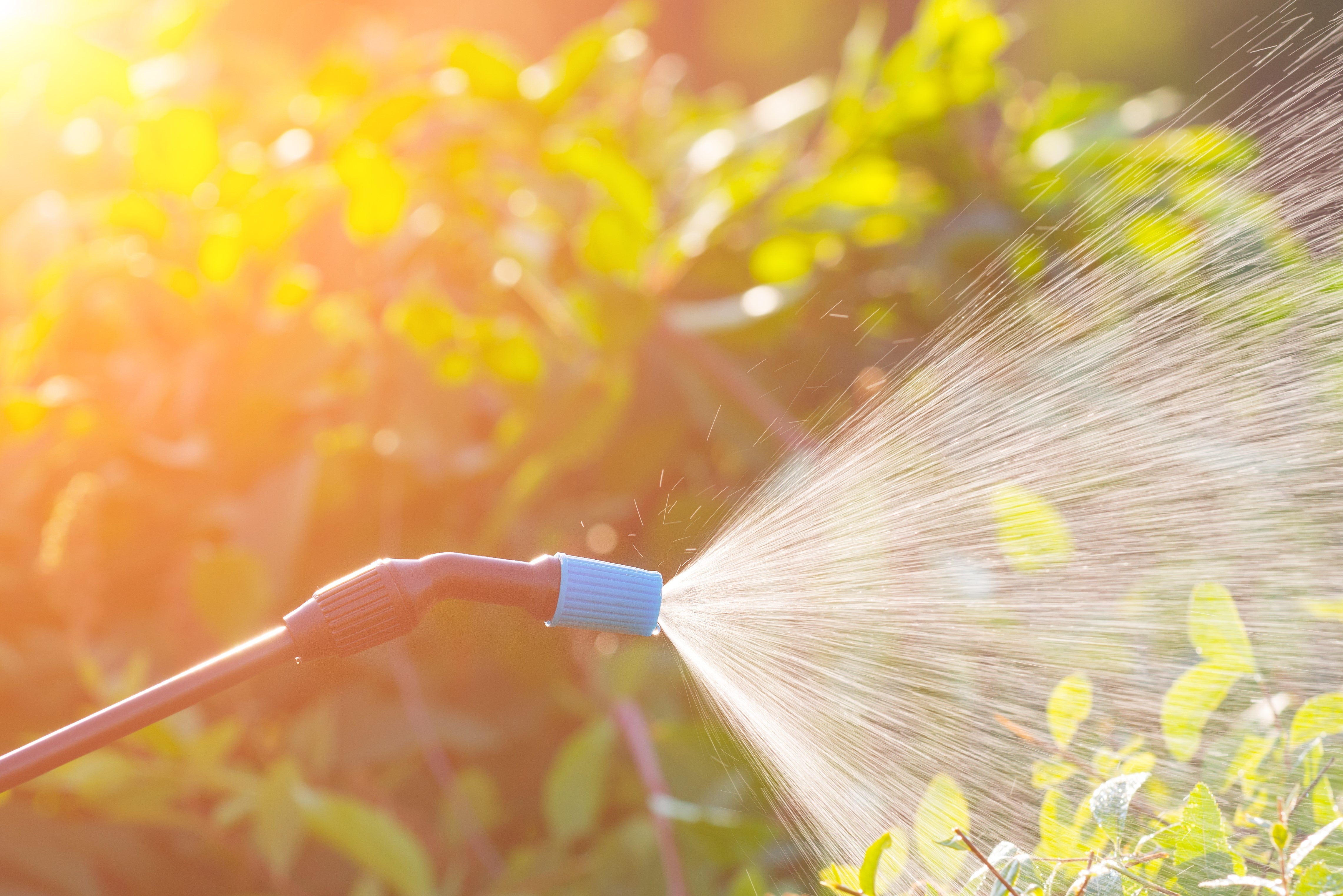Caring for popping perennials
There is no “one-size fits all” rule for watering perennials. Some varieties endure drought and others require moisture all the time. Keep in mind that drought-tolerant perennials must be planted at least one year, along with regular irrigation, before they can withstand less water. Extreme heat dictates watering to maintain the plant’s health. When planting, group your plants by their water needs.
Moisture-loving perennials include:

Perennials that do better in dry soils are:

- Sedum
- Lavender
- Yarrow
- Salvia
- Euphorbias
- Coneflower
Some perennials are prone to a common disease called powdery mildew. It creates a gray or white fuzzy growth on the leaves. The powdery mildew typically affects asters, bee balm, Black-eyed Susan, columbine, coreopsis, phlox, and salvias. To prevent this and other fungal disease development, water perennials in the morning or early afternoon hours or use a soaker hose instead of a sprinkler.

Another tip to deter powdery mildew is to provide good air circulation around perennials to deter diseases. Allow a little space between plants and even trim them a bit to increase flow among the plants. Additional steps to take to ensure a healthy perennial garden are weed as necessary, pinch/deadhead spent blossoms, cut back overgrowth and grasses, and stake heavy-headed or thin-stemmed plants.
Some perennials can have a short life and may last only three years, while others may last for decades. The care and maintenance of your perennial garden does not have to be complicated. Good gardening is a combination of some basic horticultural tenets with common sense and a good eye. Show off those blooms!

The plants I have purchased are always of superior quality. You always get what you paid for.
Leave a comment